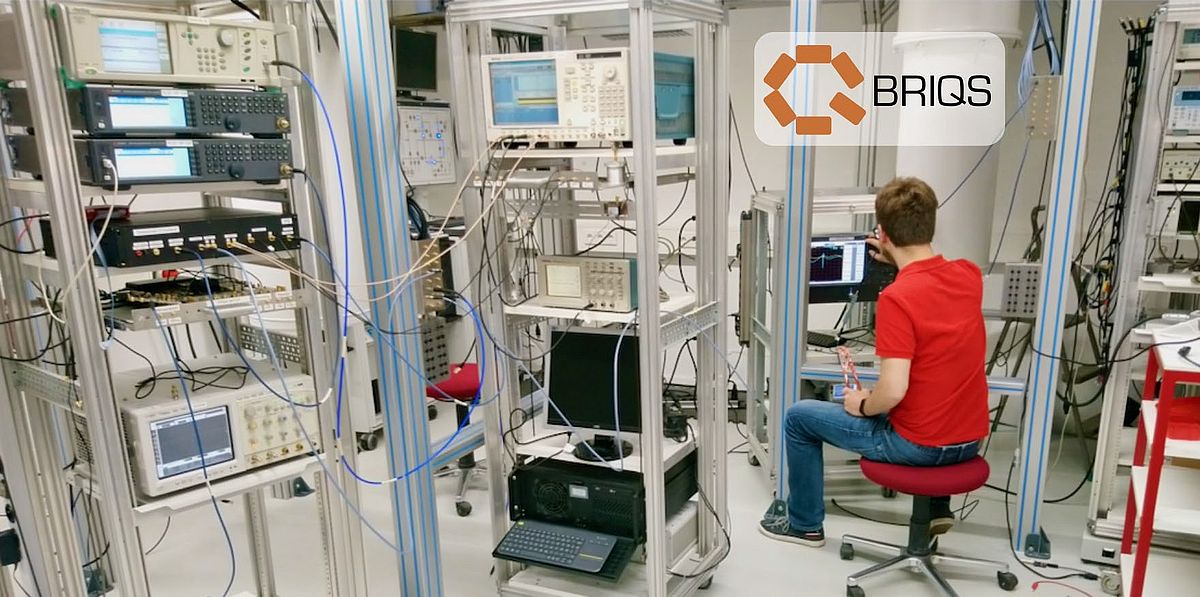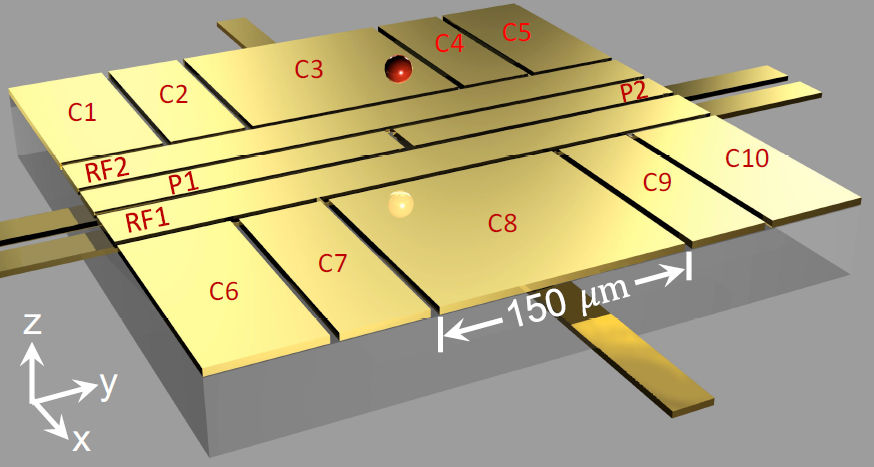From its inception in 2002, Stahl-Electronics has been continuously engaged in research projects with both public institutions and private industry. Among these projects is electronic development for:
- CERN
- Max-Planck Institute Heidelberg, PTB Braunschweig, Helmholtz Center GSI Darmstadt, Forschungszentrum Jülich (Germany)
- Freie Universität Berlin, LMU Munich, universities of Düsseldorf, Leipzig, Mainz, Stuttgart, Würzburg (Germany)
- Harvard University, MIT, Michigan State University, Carnegy-Mellon University, University of California at campuses Berkeley, Riverside, Irvine (USA)
- London Imperial College (UK)
- KBSI (Korea)
- Triumf (Canada)
- University of New South Wales (Sydney)
and non-disclosed industrial projects in the realm of quantum computing.
Currently we are working, among others, on the following projects:
qBriqs - Building bricks for quantum technologies
KIT Karlsruhe, IAF Freiburg, PTB Braunschweig, Rosenberger GmbH & Co. KG
The whole measurement chain for superconducting qubits is investigated and further developed. The project considers all components of the qubit manipulation path, as well as on the read-out path - including filters, amplifiers, wiring and electronics. The final performance is finally to be proven in a demonstrator.
Stahl-Electronics is developing an ultra-stable DC current source for the cryogenic realm. In this context, we try out feed-back mechanisms from the probe to increase stability.
Quantum information processing with individual electrons
University of California, Berkeley, Prof. Hartmut Haeffner
Experiments seek to implement a qubit based on a trapped electron, in order to speed up gates, and to remove the need for laser technology entirely. The qubit is provided by the spin states in a magnetic field where the light mass of the electron enables fast interactions between two electrons in the same trapping potential. This simple level structure (just two levels) prevents leakage out of the qubit space. Stahl-Electronics develops cryogenic amplifiers to detect individual electrons.

